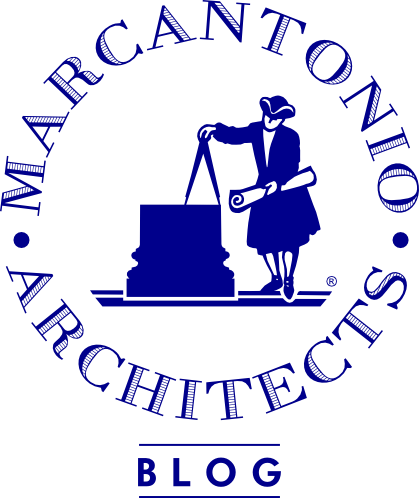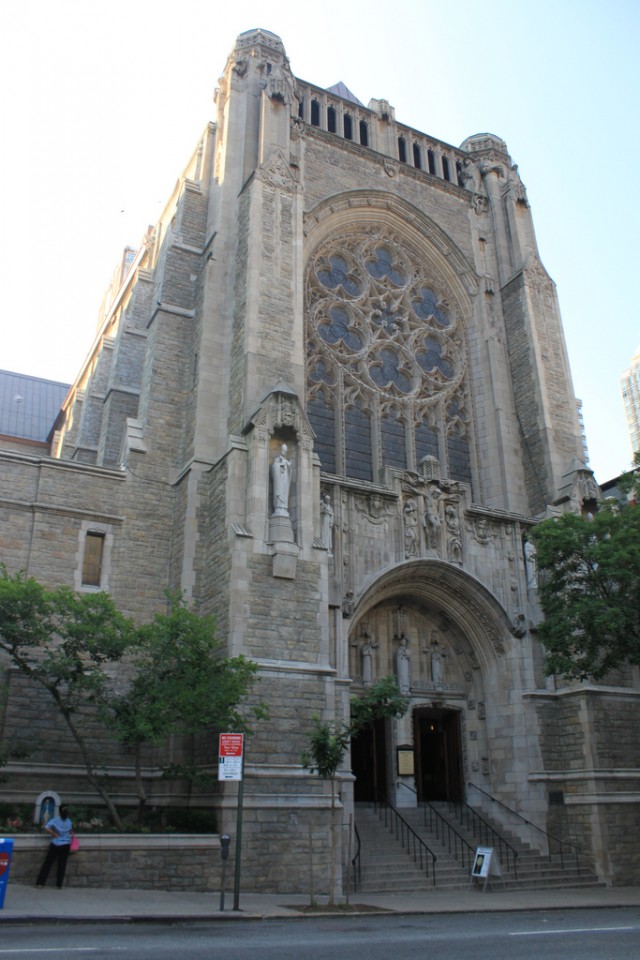Upper East Side, Manhattan, New York City, New York, United States
Impressively monumental in scale, this outstanding architectural achievement was considered by Bertram Goodhue, the architect, to be his best work in the ecclesiastical field, St. Vincent Ferrer is designed on a Latin Cross plan in the Gothic Style and built of random ashlar and dressed limestone. Its architectural detail and sculpture, particularly the Crucifixion panel over the entrance portal by sculptor Lee Lawrie, are equal to comparable work found on European cathedrals. The Great Rose window at the west end of the nave is composed of intricate stone tracery, a series of conjoined trefoils. It displays some of the most beautiful stained glass in this country. Above the great arch of the rose window connecting the two octagonal towers which rise above the massive buttresses flanking the entrance portal, the Apostle Arcade, here called the Great Gallery^ is a handsome crowning feature.
As the church is built on a comer lot, the beauty of the symmetrical front elevation and the five bays with their great pointed arch windows in the clerestory of the nave, as well as the north transept are to be enjoyed by the pedestrians moving south along Lexington Avenue. The repetitive rhythm of the great, simple buttresses of the nave, in contrast to the delicacy of the stained glass windows between them, together with the steep pitched green copper roof and glorious front facade combine to make this one of the great examples of church architecture in this country. A 1$0 foot high fleche, planned for the crossing of the nave and transepts, was unfortunately never built, although structural supports and the base for it are an integral part of the existing construction.
The present church is the third built by the Dominican Fathers on or near this site. The first, a small frame chapel built in 1867 on the northeast corner of 6iith Street at Lexington Avenue was almost immediately followed by a second la

